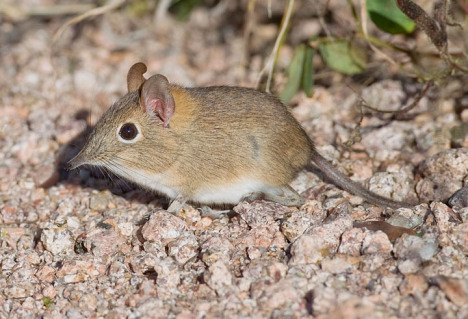This is the first in a four part series on nuclear waste which will run on BraveNewClimate.com over the next four days.
Geoff Russell, July 2013
(Geoff is a computer programmer, vegan, environmentalist, and more generally, a ‘by-the-numbers’ polymath. For a list of all of his posts on BNC, click here. He also has collections here and here).
Abstract: The nuclear industry used to dispose of nuclear waste in a safe and environmentally benign way. It’s a trivial technical problem compared to many other much larger waste problems that kill and sicken thousands of people daily. But they stopped. Not because of any problems, but because people who understand reactors and medicine and isotopes and engineering discovered that nuclear waste is far too valuable to simply throw out … it is already being used to kill cancer … and it has many other uses. So the policy changed from disposal to “retrievable storage”: don’t put it anywhere you can’t get it back from.
That abstract will surprise more than a few people who talk about nuclear waste as if its some kind of elephant in the room. “But they can’t even solve the waste problem!” they shout, or “I wouldn’t mind nuclear if only there was a solution to the waste problem”. If it really is an elephant, then it’s incredibly small. Just a little shrew scurrying along hoping to hell somebody doesn’t decide to make its habitat collateral damage underneath tonnes of concrete, steel and mirrors for a solar farm.
This is a four part series about nuclear waste designed to make the abstract blindingly obvious.
- What’s the fuss about?
- The nuts and bolts of waste
- Case studies, ocean dumping (safe and benign … yes, really) and Finland’s repository
- The choice … nuclear “waste” OR renewable wastelands
Part I: What’s the fuss about?
When you compare the nuclear waste problem with other waste problems, it quickly emerges as one of the easiest to solve safely and completely. Globally, another of our waste problems kills 3.5 million people annually. Which one? No, it’s not waste from coal fired power stations. Human sewage would be a good guess; it certainly kills millions. But the one I have in mind is a renewable energy source. Which one? Please read on.
What exactly are the problems relating to nuclear waste?
Here’s a quote from the Greenpeace website:
Most of the current proposals for dealing with highly radioactive nuclear waste involve burying it in deep underground sites. Whether the storage containers, the store itself, or the surrounding rocks will offer enough protection to stop radioactivity from escaping in the long term is impossible to predict.
Currently no options have been able to demonstrate that waste will remain isolated from the environment over the tens to hundreds of thousands of years. There is no reliable method to warn future generations about the existence of nuclear waste dumps.
The page in question cites no accidents, no injuries, no illnesses, no deaths, no untoward radiation leaks. Not a single relevant adverse incident. The same is true of other anti-nuclear websites (e.g., the Friends of the Earth website).
Back when I was anti-nuclear, these paragraphs would have been persuasive. It’s a simple argument: Nobody’s perfect, therefore stuff will always go wrong and nuclear stuff is dangerous. It’s a no brainer. These days my response is multi-layered.
Filed under: Impacts, Nuclear | 2 Comments »






.png)






